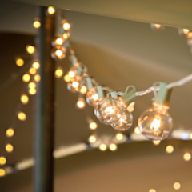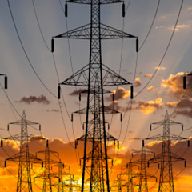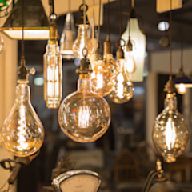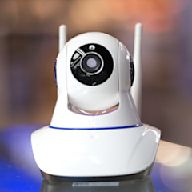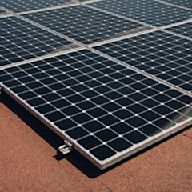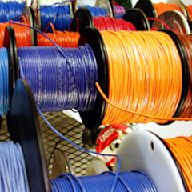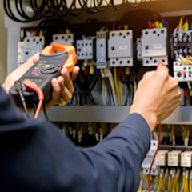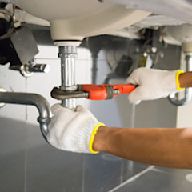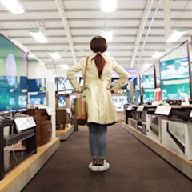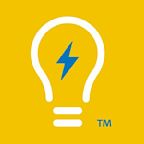Search results
Electric light. An electric light, lamp, or light bulb is an electrical component that produces light. It is the most common form of artificial lighting. Lamps usually have a base made of ceramic, metal, glass, or plastic, which secures the lamp in the socket of a light fixture, which is often called a "lamp" as well.
- Depends on type of light
Nov 22, 2013 · In 1835, the first constant electric light was demonstrated, and for the next 40 years, scientists around the world worked on the incandescent lamp, tinkering with the filament (the part of the bulb that produces light when heated by an electrical current) and the bulb’s atmosphere (whether air is vacuumed out of the bulb or it is filled with ...
Higher energy light such as gamma rays, X-rays, and high energy UV light cause ionizations. They transfer enough energy to electrons so they can escape from the pull of the atom’s nucleus and turn the atom into an ion. Low energy UV and visible light cause electron transitions.
- Early research & developments. The story of the light bulb begins long before Edison patented the first commercially successful bulb in 1879. In 1800, Italian inventor Alessandro Volta developed the first practical method of generating electricity, the voltaic pile.
- Joseph Swan vs. Thomas Edison. In 1850, English chemist Joseph Swan tackled the cost-effectiveness problem of previous inventors and by 1860 he had developed a light bulb that used carbonized paper filaments in place of ones made of platinum.
- The first practical incandescent light bulb. Where Edison succeeded and surpassed his competition was in developing a practical and inexpensive light bulb, according to the DOE.
- Tungsten filaments. William David Coolidge, an American physicist with General Electric, improved the company's method of manufacturing tungsten filaments in 1910.
People also ask
Who invented the electric light?
What are the three types of electric lights?
How do electric lights work?
What is a modern electric light source?
In the period from 1878 to 1880 Edison and his associates worked on at least three thousand different theories to develop an efficient incandescent lamp. Incandescent lamps make light by using electricity to heat a thin strip of material (called a filament) until it gets hot enough to glow.
Welcome to the incredible world of the electric light! When most people think of early electric light they think of Thomas Edison, however the story of the electric light is much deeper and involves many interesting people in many nations working with varied technologies and materials.
Explore the process of invention and compare Thomas Edison's well-known work on the electric light bulb a century ago with several modern lighting inventions. Visit the Lighting a Revolution website .


